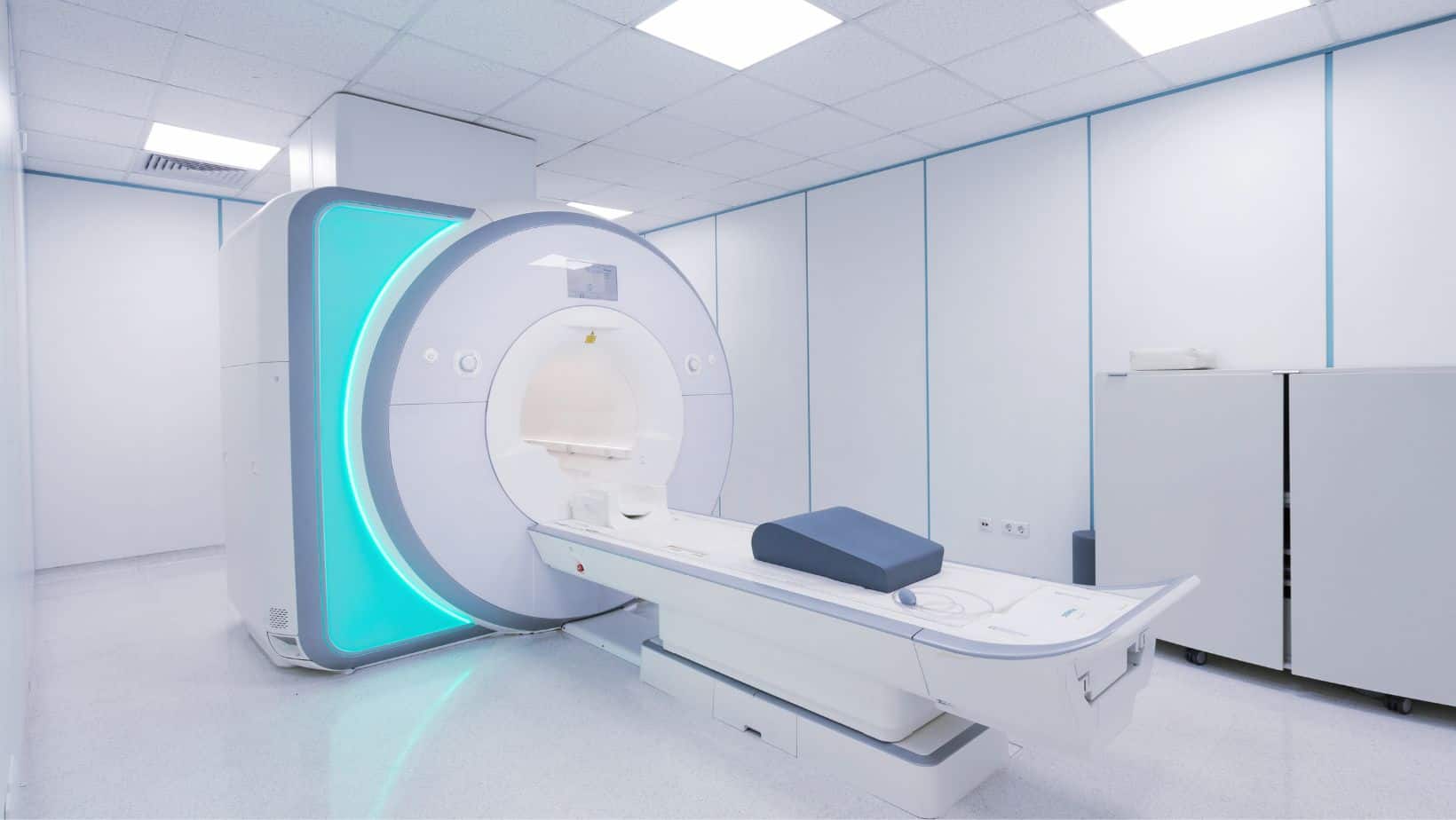Causes of Inner Ankle Pain Running
Read More >
The Baxter’s Nerve (Inferior Calcaneal Nerve) is a nerve that branches off from a larger nerve of the ankle called the lateral Plantar Nerve that arises from the Tarsal Tunner of the ankle. The purpose of the Baxter’s nerve is to innervate the foot’s small muscles and the heel’s undersurface.
Due to the location of the Baxter’s nerve, it makes it more vulnerable to compression by surrounding muscles or external factors such as ill-fitting shoes. When the nerve becomes compressed, it becomes inflamed, leading to a Baxter’s Nerve Entrapment.

The symptoms of Baxter’s Nerve Entrapment include heel pain, especially after activity similar to Plantar Fasciitis. However, while Plantar Fasciitis pain normally improves with gentle activity, the symptoms of a Baxter’s Nerve Entrapment normally worsen.
Tight-fitting shoes can compress the nerve and cause numbness in the heel of the foot, while it is normally hypersensitive to touch the inner aspect of the heel.
Walking on uneven surfaces, ill-fitted custom orthotics and poorly fitted shoes can aggravate the symptoms of a Baxter’s Nerve Entrapment.

It is estimated that Baxter’s Nerve Entrapment causes 20% of all heel pain.
Baxter’s Nerve Entrapment can be caused by compression from some of the smaller muscles in the foot. A bone spur on the heel can pinch the Inferior Calcaneal Nerve, leading to an entrapment.
Tight-fitting shoes or custom orthotics that are ill-fitting can also cause Baxter’s Nerve Entrapment, other causes include having flat feet.
While a Baxter’s Nerve Entrapment is often misdiagnosed as Plantar Fasciitis, it can also be caused by Plantar Fasciitis. As the connective tissue of the Plantar Fascia thickens, it can compress the nerve and cause Baxter’s Nerve Entrapment.
A clinical diagnosis of a Baxter’s Nerve Entrapment by a Physical Therapist is possible following a physical examination. One of the key aims of this assessment is for the clinician to differentiate between Plantar Fasciitis and a potential Baxter’s Nerve Entrapment.
We expect morning pain and stiffness with Plantar Fasciitis but not with a Baxter’s Nerve Entrapment. At the same time, numbness associated with Baxter’s Nerve Entrapment is rarely present for Plantar Fasciitis.
It is common for a clinician to refer for imaging to assist with their clinical diagnosis. An MRI can show where fatty atrophy of the abductor Digiti Quinti muscle strongly indicates Baxter’s Nerve entrapment.
An x-ray can rule out a bone spur, while an ultrasound is useful for identifying nerve irritation.

As Baxter’s Nerve Entrapment results in nerve inflammation, we recommend reducing your step count and wearing wide-fitting cushioned shoes as much as possible. A consultation with a Physical Therapist is recommended to identify muscular imbalances that can be addressed with stretches and strengthening exercises.
Taping methods to turn the ankle joint into slight inversion are effective at offloading a Baxter’s Nerve Entrapment, while custom insoles are a highly effective form of pain relief.
An ultrasound-guided corticosteroid injection is sometimes required if a Baxter’s Nerve Entrapment fails to settle with conservative treatment. It is recommended that all injections for this condition are ultrasound-guided as the injection site is different to that used for Plantar Fasciitis.
Other forms of treatment include Percutaneous Radiofrequency Nerve Ablation and Lateral Plantar Nerve Release.

We believe that tightness and thickening of the Plantar Fascia can cause Baxter’s Neuritis so it is important to regularly stretch the Plantar Fasciitis for pain relief.
The soleus muscle sits at the back of the shin bone and it is a key stabiliser of the ankle and foot. If the Soleus muscle becomes tight, it can overload the Plantar Fascia.

This is not medical advice. We recommend a consultation with a medical professional such as James McCormack. He offers Online Physiotherapy Appointments weekly or face-to-face appointments in his Fulham clinic.